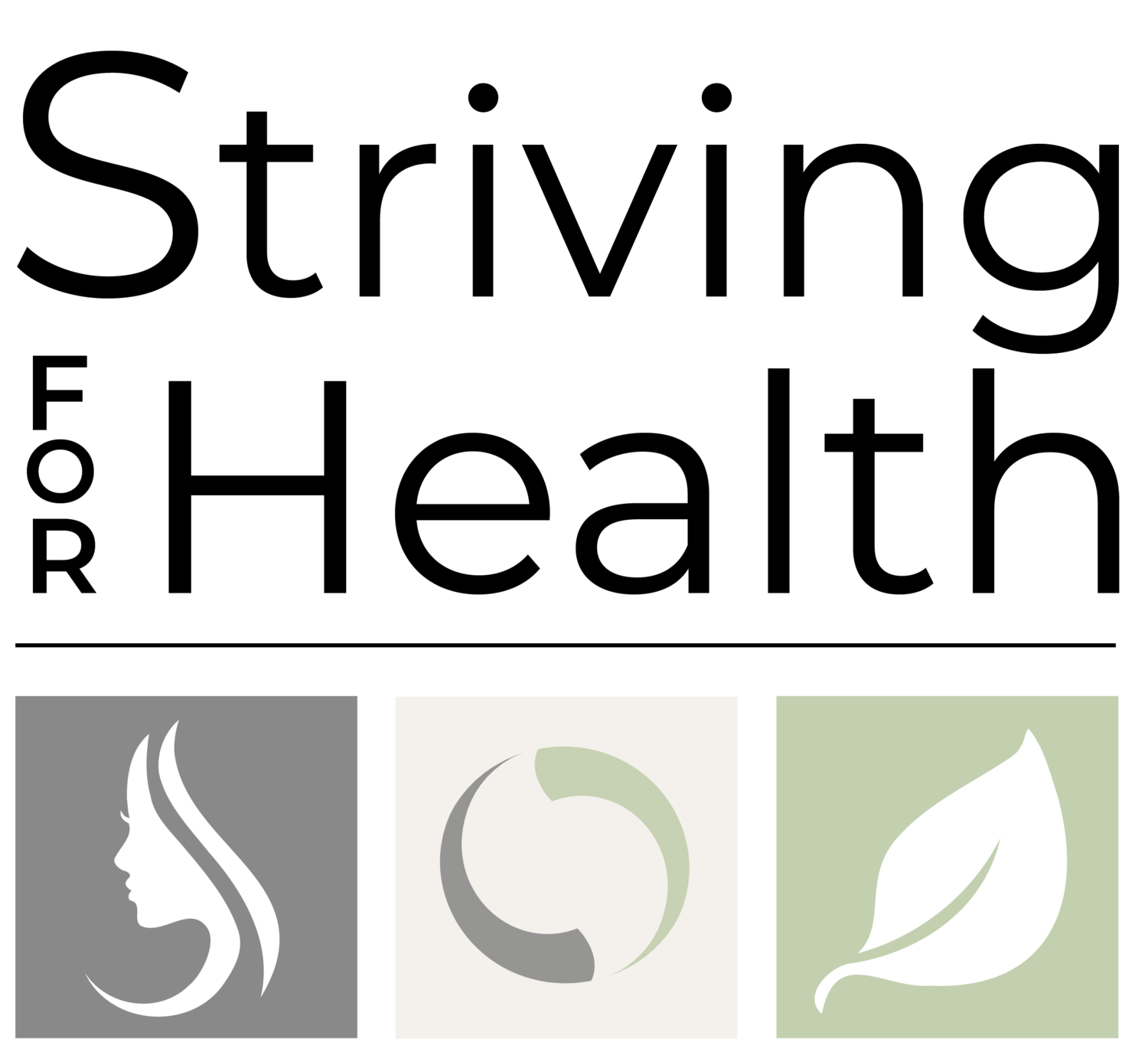Ragweed hacks to get you through the fall!
Ragweed is everywhere from mid August to late October/early November! It is a pesky pollen to be sure.
Did you know that an average ragweed plant can produce over one million-pollen grains every day and up to one billion pollen grains in the lifetime of the plant. WHAT?? That is so crazy!
This is a major issue because the pollen grains are extremely lightweight and can get carried up to 400 miles away from their original source. Ragweed is pretty much everywhere. It grows in fields, along roadsides, in vacant city lots, yards, etc. Whether you are in the city or in the country, you will get exposed to ragweed as it is found in abundance in every region of the US.
If you suffer with Ragweed symptoms there are a few things you can do to help decrease your symptoms, other than coming into the office.
1. Start taking Quercetin like crazy. This component is found in many foods and can help to stabilize your mast cells, where histamine is stored and help with your symptoms. But for allergies, you need more than what you can find in food so get a pill. You can pick some up at Whole Foods, they have a good one with Bromelain in it that I like. Stinging nettle tea is another good option as well, along with Holy Basil and Butterbur, all of which can help to manage and reduce histamine in the body.
2. If ragweed levels are super high outside, make sure to change clothes and shower when you get home if you have been outside for any length of time. Hop in the shower before bed as well and get the pollens out of your hair before you sleep.
3. Support your gut! If your microbiome is producing histamine at levels exceeding your body’s ability to break it down via the DAO enzyme, it has to go somewhere so it goes into the bloodstream, which you don't want right now. Beware, some Lactobacillus strains can increase histamine levels which you don't want. But, you can counter that by increasing your intake of other strains like, Lactobacillus plantarum, Lactobacillus hamnosus, and Lactobacillus salivarius as they all help to degrade histamine. Lactobacillus reuteri is a producer of a helpful kind of histamine. Bifidobacterium longum, Bifidobacterium breve, Bifidobacterium infantis, and Bifidobacterium bifidum have been found beneficial.
4. Avoid the following foods as they can cross react with ragweed pollen proteins: Banana, Chamomile, Cucumber, Echinacea, Melons, Sunflower Seeds, White Potato and Zucchini
5.Stimulate the following two Acupuncture points at home with pressure - Lung 1 helps to support healthy lung function and the ear point is great for reducing allergy symptoms.
Lung 1
To find this point: raise your left arm to 90 degrees in front of you. With your right index finger, follow the lower edge of the collar bone (on the left) until it can’t go any further and hits the shoulder. That is the distance out, hold your finger on the spot. Relax your left arm. From this point it is down about an inch. It is usually a bit tender. Repeat on the other side.
Allergy point on the ear
To find this point: find the highest part of the ear, the apex. Go just below and you are on the point. Just rub the whole apex area and you will be covered. Stimulate both ears.
6. Wear a mask outside! Normally this would get you strange looks but lucky for you, wearing a mask is now easy and totally normal right now. Plus, you are already doing this precaution if you are shopping in any way.
I hope this helps!!
DeBritt


